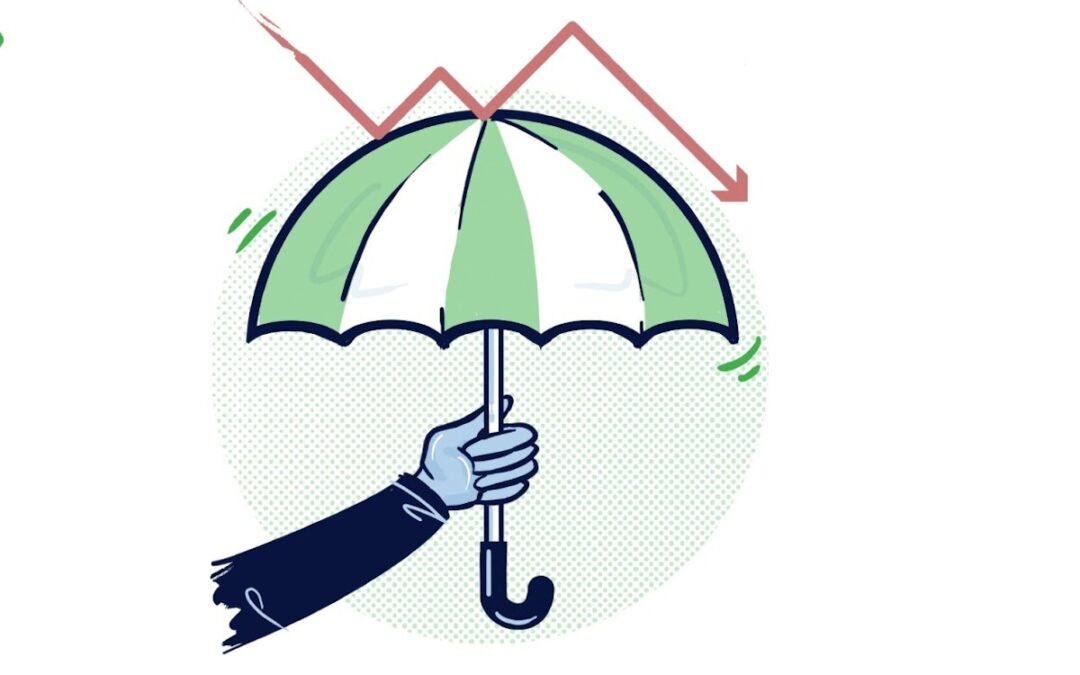
Recession-Proof Your Retail Business
The world has experienced and continues going through crazy times.
Whether you’re still selling online, doing click and collect, or using a more classic business model — there are steps you can take now to minimize the impact recessions and other economic storms can have on your business.
-
- Continue to invest in digital transformation – retailers that have strong digital infrastructures are in a relatively better position to act when challenges arise. Companies that didn’t have their digital ducks in a row have to ramp up their efforts because it was the only way to survive. Doubling down on ecommerce and connecting with shoppers digitally are critical actions to take. Now is the perfect time to make sure all your systems are integrated.
- Get all your channels working together – Connect all your sales channels together and keep all your data in sync. Aside from saving you from having to reconcile your records and re-enter your data, having tightly integrated systems enables your sales channels to work together, so you can provide services like curbside pickup, local store fulfilment, and same-day delivery.
- Run a leaner retail business – Cut unnecessary spending and focus your resources on revenue-driving activities. Are there programs or systems you’re paying for but no longer using? Talk to your team about the need to cut costs, they may be able to provide helpful insights.
- Strengthen your customer relationships – Stay on top of customer communications by regularly touching base with shoppers. This is a great way to stay top-of-mind. Depending on your customer base, utilize various communication channels, including phone, email, SMS and social media.
- Be creative with how you position your business – Getting people to spend during challenging times or a recession is much harder, but it’s doable if you position your business the right way. For instance, positioning your products as useful in the current economic climate, end of line discounts, or capitalizing on products that are bucking the trend. Make sure your brand messages are relevant to your customer’s situation.
- When revenue picks up, stockpile cash – Cash is vital for your long-term viability, and especially during a downturn. Make sure you always have enough liquid funds in your account. A good rule of thumb is to have at least 10% of your annualized revenue in the bank and you may want to set this higher. You’ll need to ensure you have cover for your compliance obligations too.
If you are facing multiple challenges in your business, focus on the things that you can change (and that matter).
We can help with your short- and long-term business plans to build a stronger business.
The following content was originally published by BOMA. We have updated some of this article for our readers.




